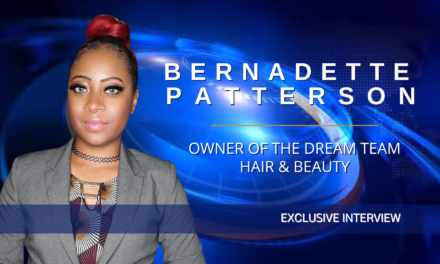Thomas Marra didn’t grow up in a studio. He grew up in Levittown, New York—a suburban town known more for baseball fields than music studios. Raised in a hardworking family, Thomas was surrounded by structure and ambition. His father worked with Fortune 500 insurance firms. His mother managed an OBGYN office.
As a kid, Thomas excelled in sports—baseball, football, basketball, and hockey. He played two sports at the college level and even caught the attention of Division I baseball scouts. Yet, while athletics shaped his discipline, it was music that truly captured his focus.
“I used to come home from games and just sit with my guitar,” he says. “That’s where I felt most like myself.”
Shifting Focus to Music
After graduating Magna Cum Laude from John Jay College of Criminal Justice, Thomas chose a different kind of path. He dove headfirst into music—without a label, without major backing, and without formal training in the music industry. What he did have was passion, persistence, and a willingness to learn.
“At first, music was just something I did in my free time,” Thomas says. “But I kept coming back to it. Eventually, I had to give it a real shot.”
He began producing and writing songs, focusing primarily on the country genre. His early work involved collaborating with up-and-coming artists and slowly building a body of work that reflected his emotional and storytelling instincts.
Learning the Business of Sync
While developing his music, Thomas Marra also taught himself software engineering. That helped him bring more structure and efficiency into his production process.
“Coding taught me how to build systems and think in steps,” he explains. “That mindset carried over into how I manage my music catalog.”
Around that time, he discovered sync licensing—when music is licensed for use in TV, film, commercials, or sports programming.
“I didn’t even know what sync meant when I started,” he admits. “But once I got into it, it made perfect sense. It was a way to get my music heard and build a sustainable career.”
Breaking In
Getting started in sync licensing wasn’t easy. Many licensing platforms and music supervisors preferred artists with past credits. But Thomas didn’t give up. He kept writing, producing, and improving the quality of his work.
Then came the moment that changed everything.
“One day I got an email saying my track had been used on Love Is Blind,” he says. “I had no idea it had even been picked up. It was surreal.”
From there, more opportunities followed. His music has since been featured in MLB Network broadcasts and other media placements.
What Makes Music Syncable
Thomas has learned that music for sync has different needs than songs for radio or streaming.
“You have to hit an emotion fast,” he says. “Whether it’s hope, sadness, nostalgia—whatever it is, it needs to be clear right away.”
He also focuses on keeping lyrics broad and relatable, especially if the track includes vocals. Specific lyrics can be distracting in a scene.
“And always have instrumental versions ready,” he adds. “Most shows want to place music under dialogue, so clean instrumentals are a must.”
A Business-Minded Approach
Even as a creative, Thomas treats his music like a business. He organizes his songs with detailed metadata—things like mood, tempo, and lyrical themes. That makes it easier for music supervisors to find exactly what they’re looking for.
“You don’t need millions of fans,” he says. “You need a catalog that’s ready, searchable, and professional.”
He views his music as a product, but not in a cold way. It’s about being prepared to meet the needs of a fast-moving industry.
“Treat your songs like tools,” he explains. “The right one can change everything—but only if it’s accessible.”
Staying Grounded
Outside of music, Thomas stays connected to his roots. For over ten years, he’s donated to Big Brothers Big Sisters. He’s also volunteered with youth education programs in high-crime neighborhoods, teaching kids about community and opportunity.
“I’ve been fortunate,” he says. “I believe in giving back wherever I can.”
Moving Forward
Today, Thomas runs his own music production business. He works with a range of artists—from those just starting out to more seasoned pros. He continues to create every day, always refining his sound and exploring new placement opportunities.
“I made a lot of mistakes early on,” he laughs. “But every mistake helped me learn. And now I can help others avoid the same ones.”
He sees sync licensing as one of the most powerful tools available to independent musicians.
“It’s not about going viral,” he says. “It’s about building something solid—something that lasts.”
Thomas’s journey proves that talent paired with strategy and heart can go far. Whether it’s through a country ballad or an instrumental on a hit series, his music is finding its way into the world—one placement at a time.
“You don’t have to fit into the industry mold,” he says. “You just have to keep creating and stay ready.”




